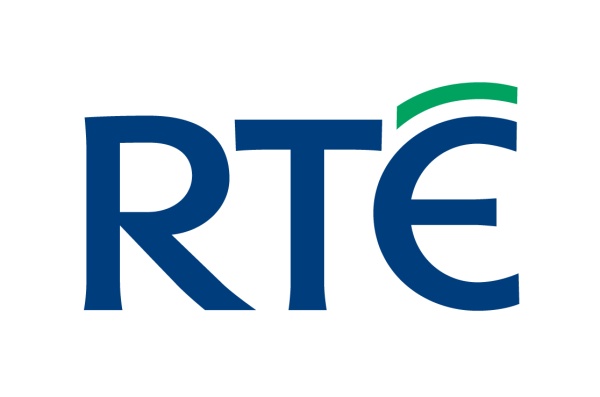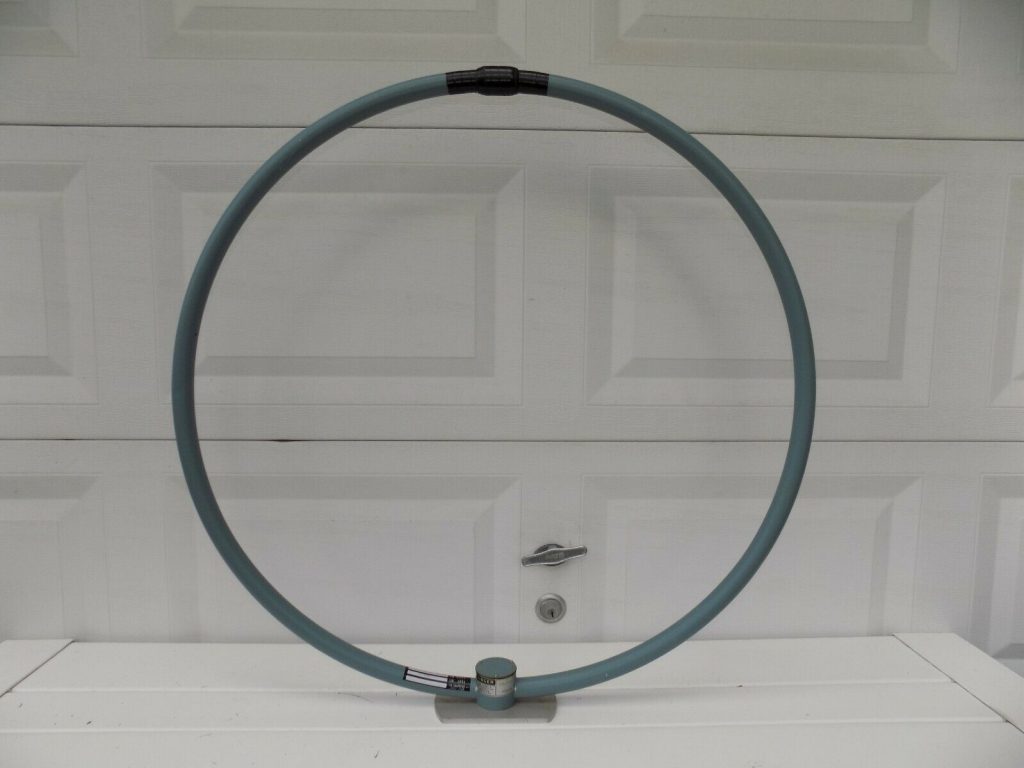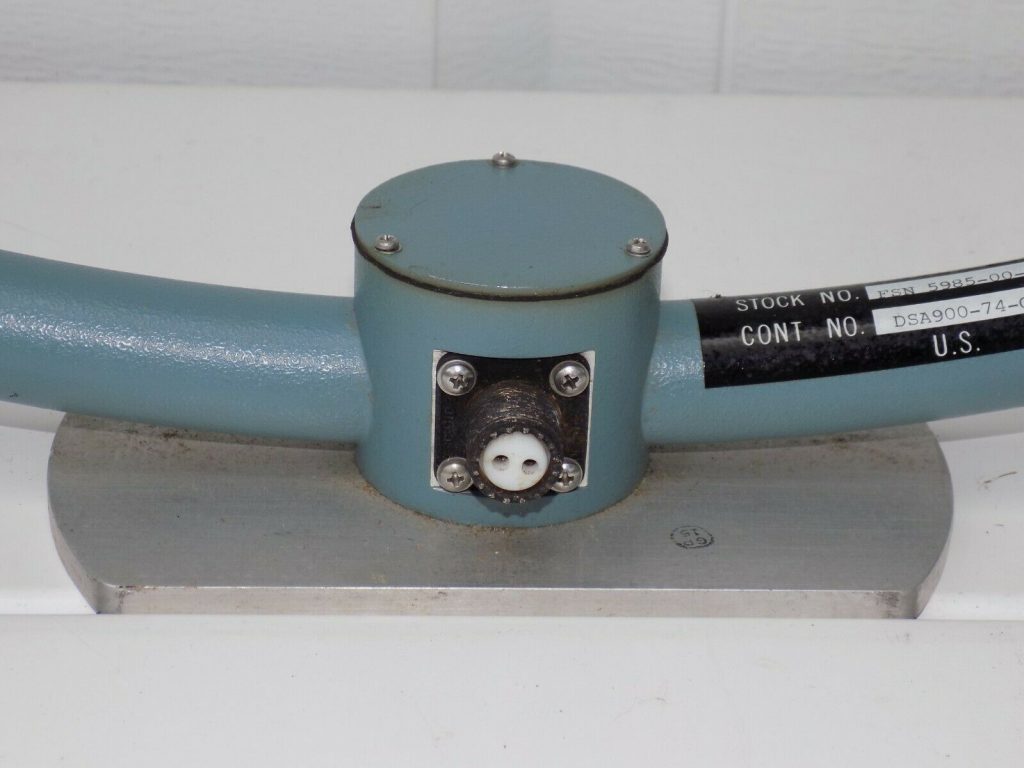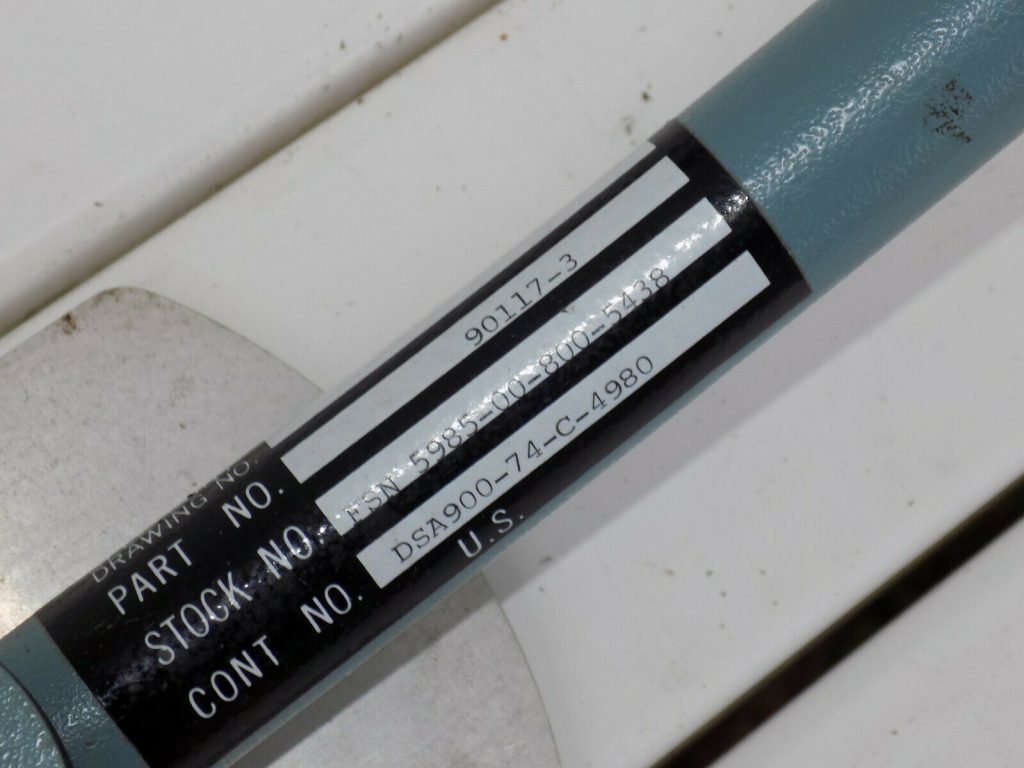Is Ham Radio a Hobby, a Utility…or Both? A Battle Over Spectrum Heats Up
Some think automated radio emails are mucking up the spectrum reserved for amateur radio, while others say these new offerings provide a useful service
Like many amateur radio fans his age, Ron Kolarik, 71, still recalls the “pure magic” of his first ham experience nearly 60 years ago. Lately, though, encrypted messages have begun to infiltrate the amateur bands in ways that he says are antithetical to the spirit of this beloved hobby.
So Kolarik filed a petition, RM-11831 [PDF], to the U.S. Federal Communications Commission (FCC) proposing a rule change to “Reduce Interference and Add Transparency to Digital Data Communications.” And as the proposal makes its way through the FCC’s process, it has stirred up heated debate that goes straight to the heart of what ham radio is, and ought to be.
The core questions: Should amateur radio—and its precious spectrum—be protected purely as a hobby, or is it a utility that delivers data traffic? Or is it both? And who gets to decide?
Since Kolarik filed his petition in late 2018, this debate has engulfed the ham world. Fierce defenders of both sides have filed passionate letters and comments to the FCC arguing their cases.
On one side is Kolarik in Nebraska. In his view, it’s all rather simple: “Transparency is a core part of ham radio,” he says. “And yet, you can find tons of traffic from automatic[ally controlled digital] stations that are extremely difficult to identify, if you can identify them at all, and they cause interference.”
The automatically controlled digital stations (ACDS) Kolarik refers to can serve to power services like Winlink, a “global radio email” system.
Overseen and operated by licensed volunteers around the globe, Winlink is funded and guided by the Amateur Radio Safety Foundation, Inc. (ARSFI). The service uses amateur and government radio frequencies around the globe to send email messages by radio. Users initiate the transmission through an Internet connection, or go Internet-free and use smart-network radio relays.
On Winlink’s website, the service says it provides its licensed users the ability to send email with attachments, plus messages about their positions, and weather and information bulletins. Representatives of the service say it also allows users to participate in emergency and disaster relief communications.
But Kolarik’s petition argues two points: First, because such messages “are not readily and freely able to be decoded,” the FCC should require all digital codes to use protocols that “can be monitored in entirety by third parties with freely available, open-source software.” Secondly, he wants the rule change to reduce the interference that he says services like Winlink can create between amateur-to-amateur stations—by relegating the often-unattended automatic stations to operate solely on narrower sub-bands.
Loring Kutchins, the president of ARSFI, says he believes Kolarik’s petition is “well intentioned in its basis. But the fundamental conflict is between people who believe amateur radio is about hobby, not about utility. But nowhere do the FCC rules use the word ‘hobby.’”[…]
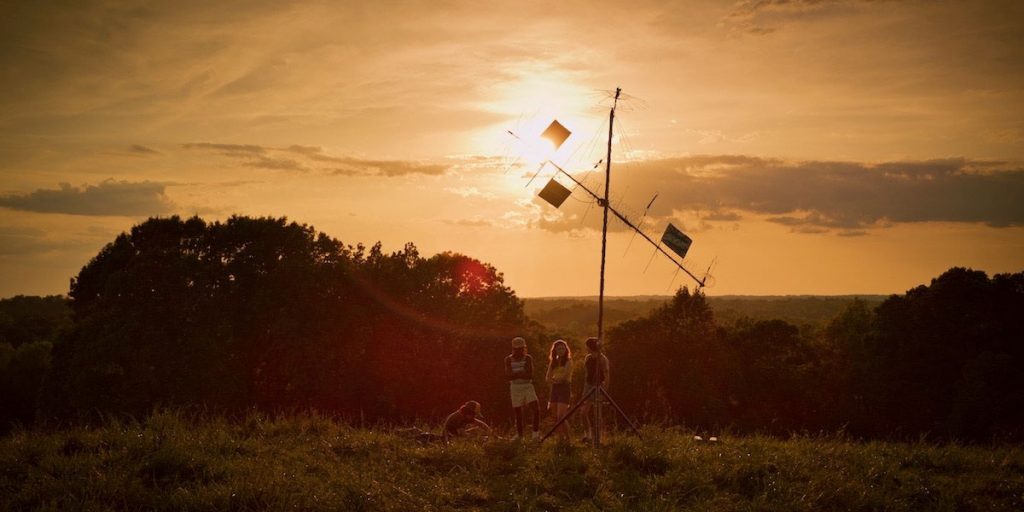 Many thanks to SWLing Post contributor, David Iurescia (LW4DAF), who writes:
Many thanks to SWLing Post contributor, David Iurescia (LW4DAF), who writes:



